Cherry Blossom Season: Beauty in Bloom, Allergy Woes in Tow
Cherry blossoms, with their delicate pink petals adorning trees in spring, evoke a sense of serenity and renewal. Yet, lurking amidst their beauty lies pollen – a potent allergen for many. When pollen particles are released into the air, they can trigger allergic reactions in susceptible individuals, including allergic conjunctivitis.
Symptoms of Allergic Conjunctivitis
Recognizing the symptoms of allergic conjunctivitis is essential for prompt identification and treatment. Common signs include:
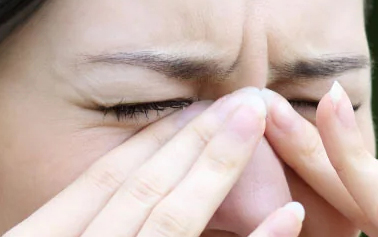
Itching
Persistent itching in the eyes is a hallmark symptom of allergic conjunctivitis, often leading to frequent rubbing of the eyes.
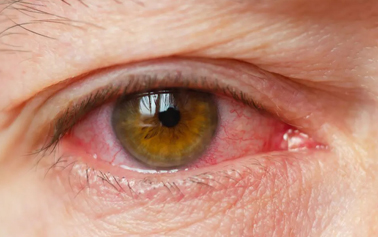
Redness
The whites of the eyes may appear reddened or bloodshot due to inflammation caused by the allergic reaction.
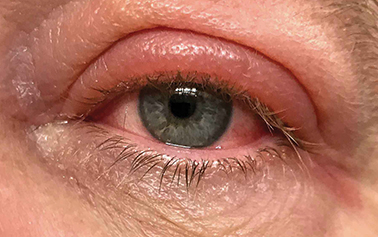
Swelling
Eyelids may become swollen or puffy, making it uncomfortable to open or close the eyes fully.
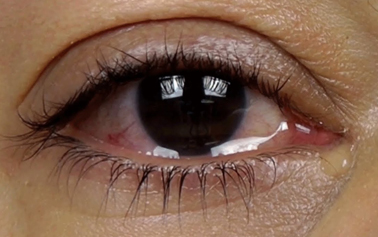
Watery Discharge
Excessive tearing or watery discharge from the eyes is another typical symptom, often mistaken for crying.
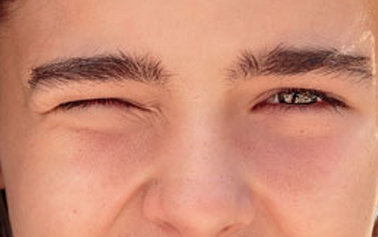
Light sensitivity
Ocular allergies encompass a spectrum of conditions, including seasonal allergic conjunctivitis, perennial allergic conjunctivitis, vernal keratoconjunctivitis, atopic keratoconjunctivitis, contact allergy, and giant papillary conjunctivitis. While the exact cause of the surge in allergic diseases remains elusive, experts attribute it to a complex interplay of factors such as genetics, environmental pollutants, early childhood exposures, and lifestyle changes.
Diagnostic Approaches
Diagnosing ocular allergies primarily relies on clinical evaluation, but laboratory tests such as skin prick tests and IgE antibody assays can provide valuable supportive information. These tests help differentiate between intrinsic and extrinsic forms of allergy and guide appropriate treatment strategies.
Treatment Options for Allergic Conjunctivitis
Fortunately, several treatment options are available to alleviate the discomfort associated with allergic conjunctivitis. These include:
1. Antihistamine Eye Drops: (Pataday, Zaditor) Antihistamine eye drops work by blocking the effects of histamine, a chemical released during allergic reactions. These drops help relieve itching, redness, and swelling in the eyes.
2. Mast Cell Stabilizers: (Lascataf, Alomide, Crolom) Mast cell stabilizer eye drops prevent the release of histamine and other inflammatory substances from mast cells, thereby reducing allergic symptoms.
3. Non-Steroidal Anti-Inflammatory Drugs (NSAIDs): NSAID eye drops help alleviate pain and inflammation in the eyes, providing relief from discomfort.
4. Corticosteroids: In severe cases of allergic conjunctivitis, corticosteroid eye drops may be prescribed to reduce inflammation and swelling. However, these should be used with caution and under the guidance of a healthcare professional due to the risk of side effects with prolonged use.
5. Cyclosporine eye drops (Restasis, XIIDRA and Cequa) while not typically used as a first-line treatment for allergic conjunctivitis, may offer benefits for certain individuals, particularly those with chronic or severe symptoms. Cyclosporine is an immunomodulatory medication that helps suppress the immune response, reducing inflammation and symptoms of allergic conjunctivitis providng long term relieve.
6- Oral antihistamines (Clarytin, Allegra, Zyrtec).
As cherry blossoms grace the landscape with their beauty, it’s essential to be mindful of the potential allergy triggers they carry. If you’re experiencing persistent eye symptoms, consult with an eye care professional for personalized guidance and treatment recommendations tailored to your needs.






